ABA Therapy for Autism Therapy Centers
Exploring the Landscape of ABA Therapy: Options and Considerations
Introduction to ABA Therapy and Autism
Applied Behavior Analysis (ABA) therapy stands as a cornerstone in the landscape of autism treatment. With its roots deeply embedded in scientific research, ABA encompasses strategies aimed at improving the everyday lives of individuals with Autism Spectrum Disorder (ASD). As parents and caregivers navigate the choices for ABA therapy, understanding its fundamental aspects and the options available becomes crucial. This article delves into the core components of ABA therapy, its centers, success rates, and financial considerations, offering a comprehensive guide to making informed decisions for your child's development.
Understanding ABA Therapy
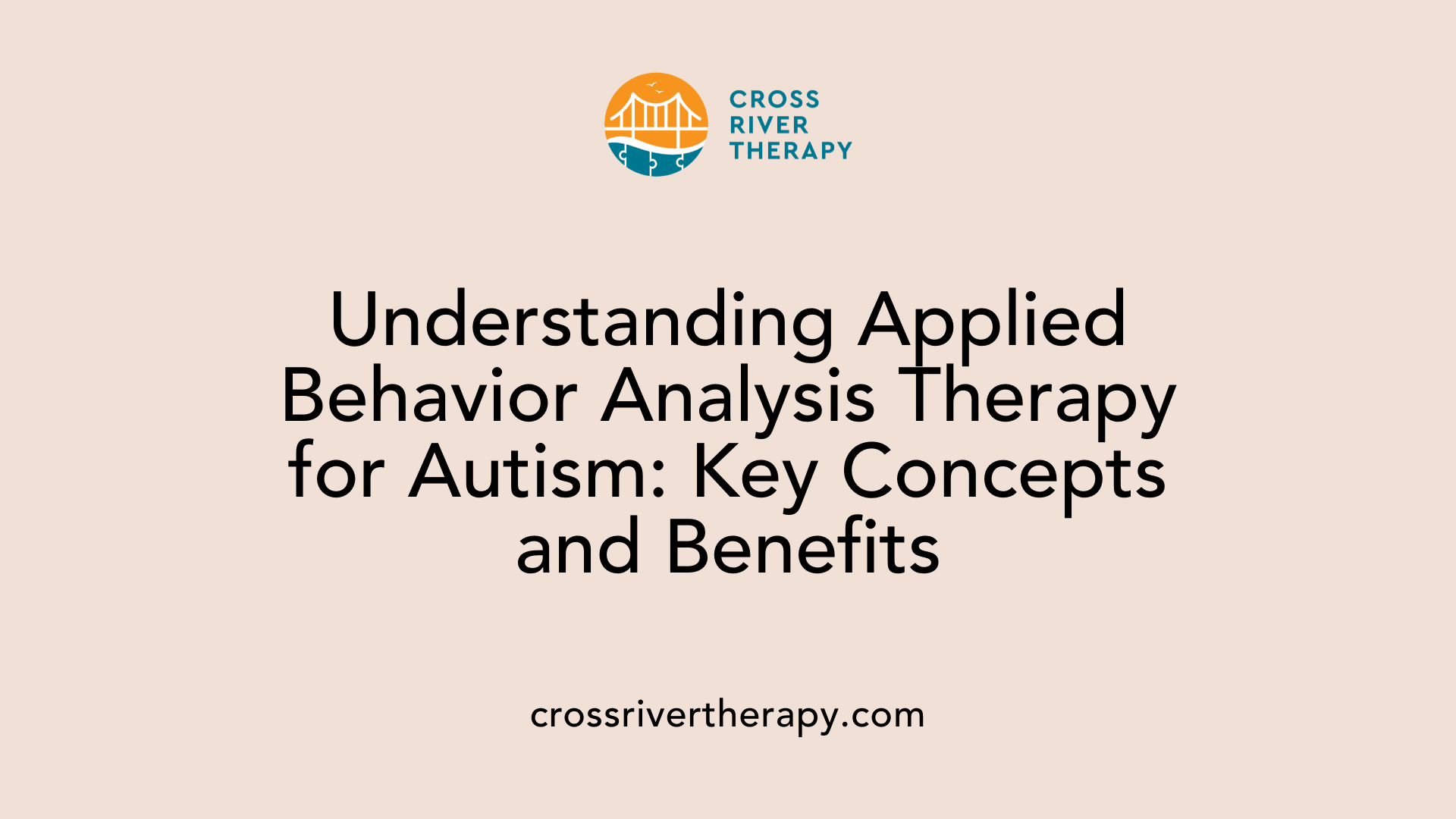
What is ABA therapy for autism?
Applied Behavior Analysis (ABA) therapy is a scientifically based intervention designed specifically for helping individuals with autism. At its core, ABA focuses on improving skills and reducing problematic behaviors through a systematic approach that emphasizes positive reinforcement.
ABA therapy employs various techniques to incrementally teach new skills, which can range from communication to social interactions and academic abilities. Each treatment plan is tailored to meet the unique needs of the individual, ensuring an effective and personalized approach.
Scientifically based intervention
One of the hallmarks of ABA is that it draws on well-established scientific principles. Through observation and data collection, therapists are able to identify specific behaviors that need improvement. This evidence-based framework allows for consistent evaluation and adaptation of techniques, ensuring effectiveness and progress.
Skills improvement
In terms of skill development, ABA can significantly enhance several areas:
- Communication: Encouraging expressive and receptive language skills.
- Social skills: Fostering interactions and relationships with peers.
- Academic skills: Supporting learning engagement and academic achievements.
These improvements are not only beneficial but essential for the overall development of individuals with autism.
Problematic behavior reduction
ABA therapy also aims to reduce problematic behaviors, which can interfere with daily functioning. By understanding the antecedents and consequences of these behaviors, therapists can design strategies that address them directly, providing a pathway to more positive behavior patterns.
Tailored treatment plans
A distinctive feature of ABA is the personalization of treatment plans. Each plan is created by a Board Certified Behavior Analyst (BCBA) and takes into account the individual’s strengths, challenges, and preferences. This approach ensures that the therapy is not only effective but also suitable for the person’s specific context.
A Closer Look at ABA Therapy Centers
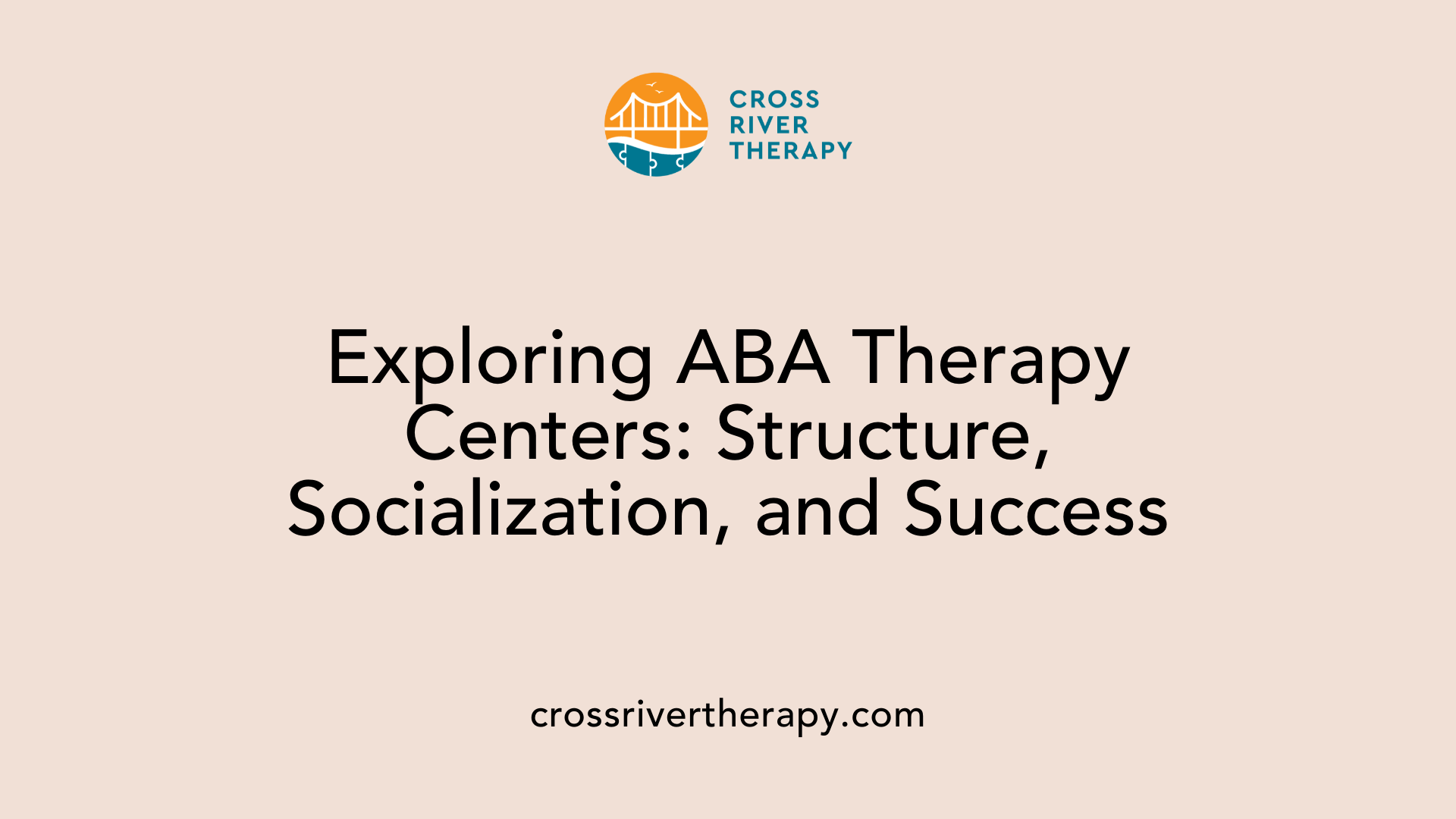
What is an ABA therapy center?
An ABA therapy center is a facility specializing in Applied Behavior Analysis (ABA) therapy, which is a scientifically validated approach for treating children with autism. These centers create structured environments that enhance both learning and social engagement. By providing a predictable space where routines are established, children can feel more at ease, which is crucial for effective therapy.
Structured environment
The structured setting of ABA therapy centers plays a significant role in the therapeutic process. It not only reduces anxiety but also promotes consistency, which is essential for children with autism. Routines are carefully designed to provide a sense of safety and predictability, allowing the children to focus on their learning and improving their skills. This consistent approach helps children gain mastery over various tasks, from basic communication to complex social interactions.
Social interaction
A key advantage of therapy in a center setting is the opportunity for social interaction. Children can engage with peers and multiple trained professionals, which is vital for their social development. This interaction often fosters friendships and encourages the practice of social skills in a nurturing environment. Engaging with others serves as a natural way for children to apply what they learn in therapy, further supporting their developmental needs.
School readiness
With a focus on structured learning and socialization, ABA therapy centers are excellent at preparing children for school. They emphasize foundational skills that are important for academic success, such as communication, cooperation, and self-regulation. By equipping children with these essential skills, ABA centers not only boost their confidence but also ease their transition into mainstream educational settings.
| Aspect | Details | Benefits |
|---|---|---|
| Structured Environment | Predictable routines and safe spaces | Reduces anxiety, enhances focus |
| Social Interaction | Engaging with peers and trained professionals | Fosters friendships, develops social skills |
| School Readiness | Emphasis on foundational academic and social skills | Boosts confidence, aids in educational transition |
Availability and Coverage: Navigating Insurance for ABA
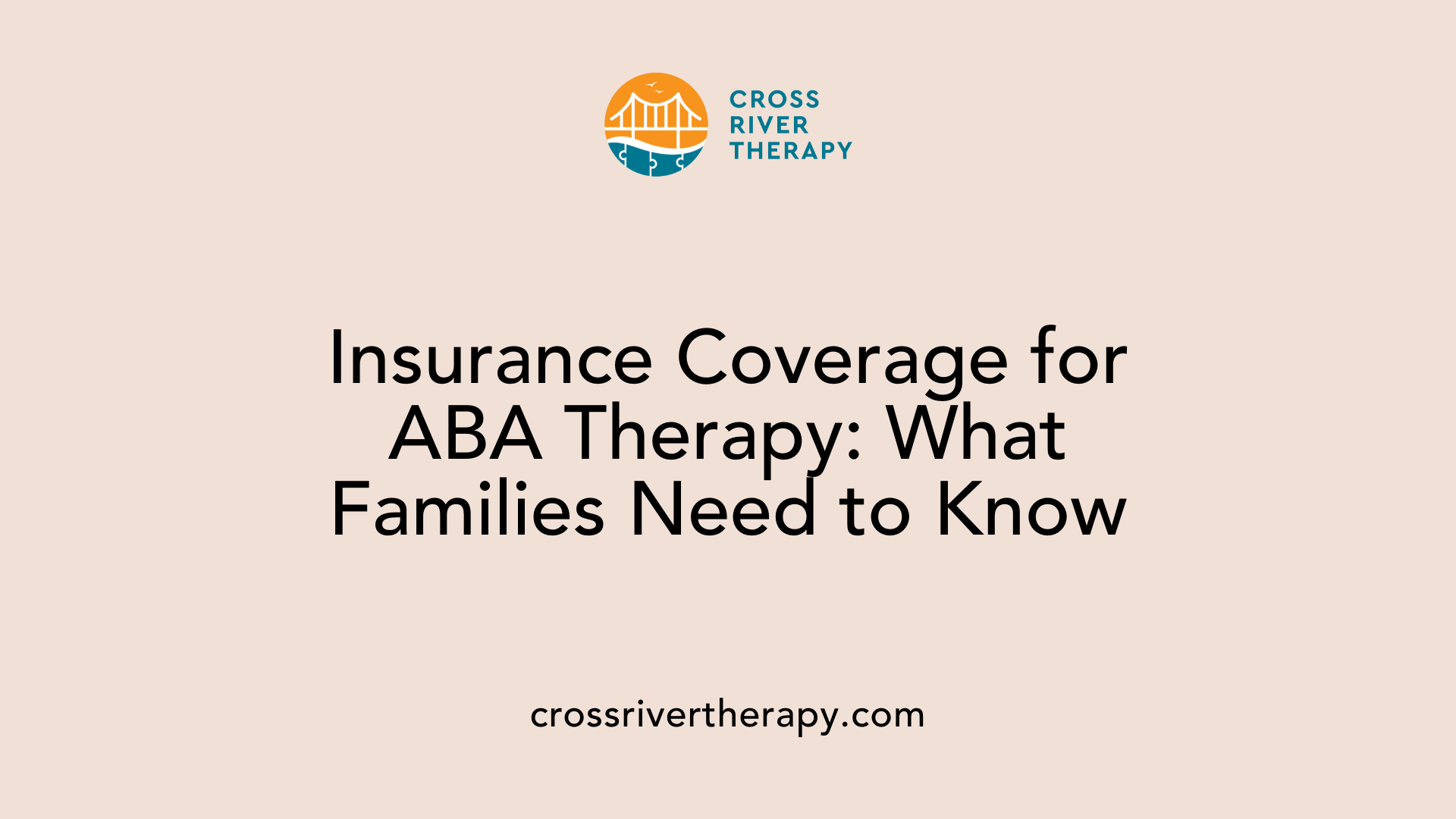
Does insurance cover ABA therapy for autism?
Insurance coverage for Applied Behavior Analysis (ABA) therapy, particularly for autism treatment, can greatly vary based on both state regulations and the specifics of individual insurance plans. Fortunately, all 50 states have introduced mandates that require some form of coverage for autism treatment, which includes ABA therapy.
Understanding insurance plan variations
Families seeking ABA therapy often turn to major insurance providers such as Medicaid, Cigna, Blue Cross Blue Shield, and Aetna. Each of these insurers has different policies, limits, and co-pays associated with ABA services. It's essential for families to thoroughly review their insurance details. Common elements to consider are:
- Coverage limits: Some plans may have caps on the number of covered sessions per year.
- Provider network: Families might have to choose from in-network providers to receive optimal benefits.
- Cost-sharing requirements: Understand deductibles and out-of-pocket maximums to anticipate expenses.
State mandates and documentation requirements
State mandates play a vital role in shaping coverage. They generally ensure that insurance companies provide coverage for ABA therapy, but specifics can differ. In addition to these regulations, families often need to supply documentation to validate their claims. Common requirements include:
- A physician’s letter: This typically confirms the autism diagnosis and the need for treatment.
- Treatment plans: Detailed plans outlining the goals and methods used in therapy sessions are often necessary for pre-authorization.
In conclusion, navigating insurance for ABA therapy requires careful attention to each plan’s provisions, state regulations, and necessary documentation.
Financial Considerations: The Cost of ABA Therapy
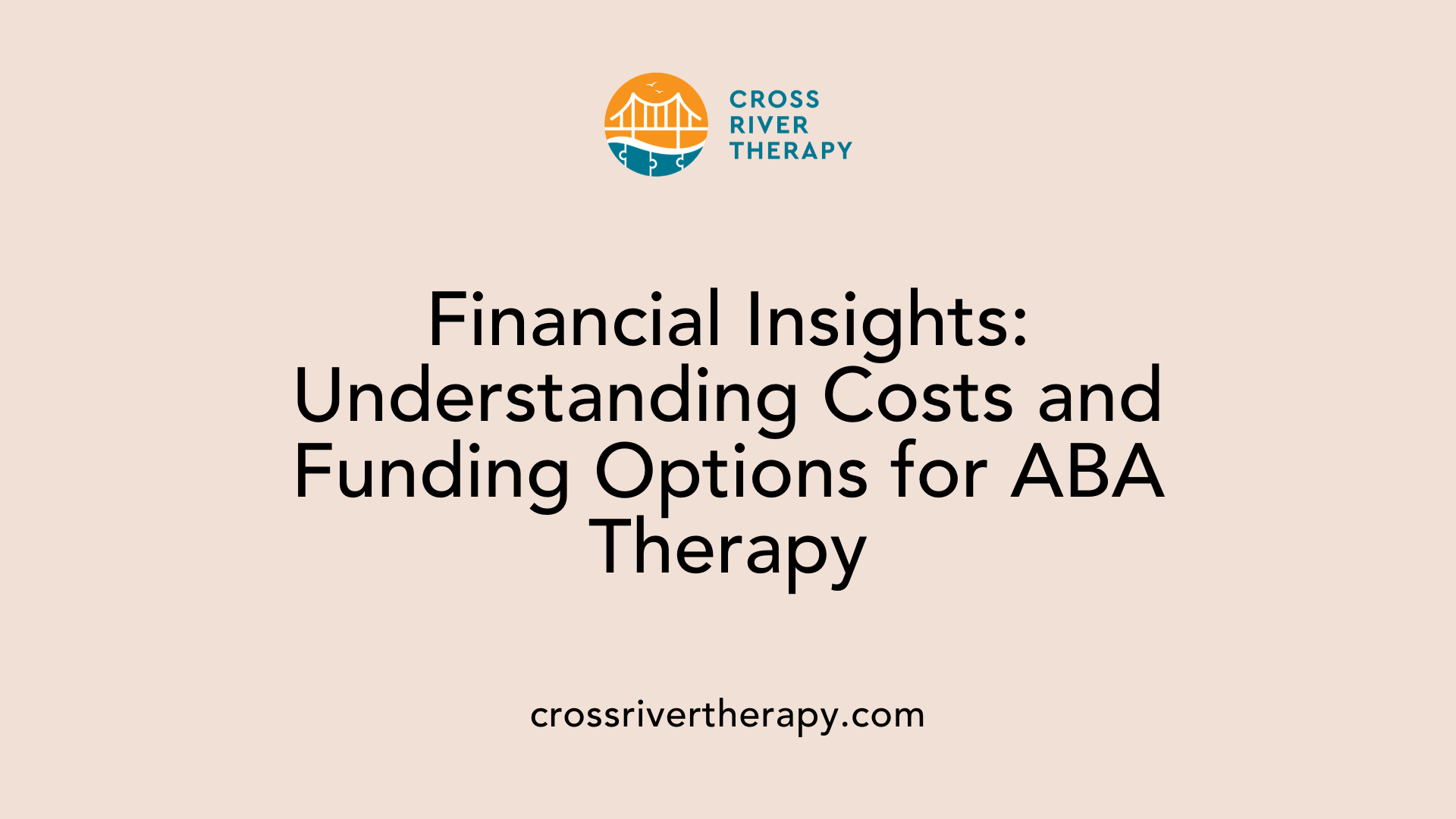
What is the average cost of ABA therapy?
The average cost of Applied Behavior Analysis (ABA) therapy typically falls between $120 to $150 per hour. For families seeking extensive therapy, this can translate into substantial yearly expenses that might exceed $62,000. The duration and frequency of therapy that a child requires can vary greatly, ranging from 10 to 40 hours per week. This variation is influenced by several factors:
- Severity of autism: More severe cases may require more intensive therapy.
- Geographical location: Costs can differ dramatically depending on the state or city.
- Required number of hours: As the hours increase, so do the costs.
- Therapist's experience level: More experienced therapists may charge higher rates.
What are the therapy intensity and its impact on costs?
The intensity of therapy is crucial for obtaining effective results. Higher intensity, meaning more hours of therapy per week, typically correlates with better outcomes for children with autism. However, this increased intensity can also lead to escalated costs. Families must weigh the needs of their child against the expense of continued therapy sessions.
What funding options are available for ABA therapy?
Fortunately, several funding options can help alleviate the financial burden of ABA therapy:
- State funding: Some states provide financial assistance that can cover therapy costs, with some programs supporting up to $45,000.
- Insurance coverage: Many health insurance plans include ABA therapy under their behavioral health benefits, which can help offset costs.
- School-supported therapy: In some cases, school districts may offer access to ABA therapy as part of the education plan.
- Scholarships: Various organizations offer scholarships to assist families in covering therapy expenses.
- Private payment plans: Families can also negotiate payment plans directly with therapy providers.
Overall, understanding these facets can help families budget effectively for necessary therapeutic interventions.
Broadening Horizons: Beyond Autism in ABA Therapy
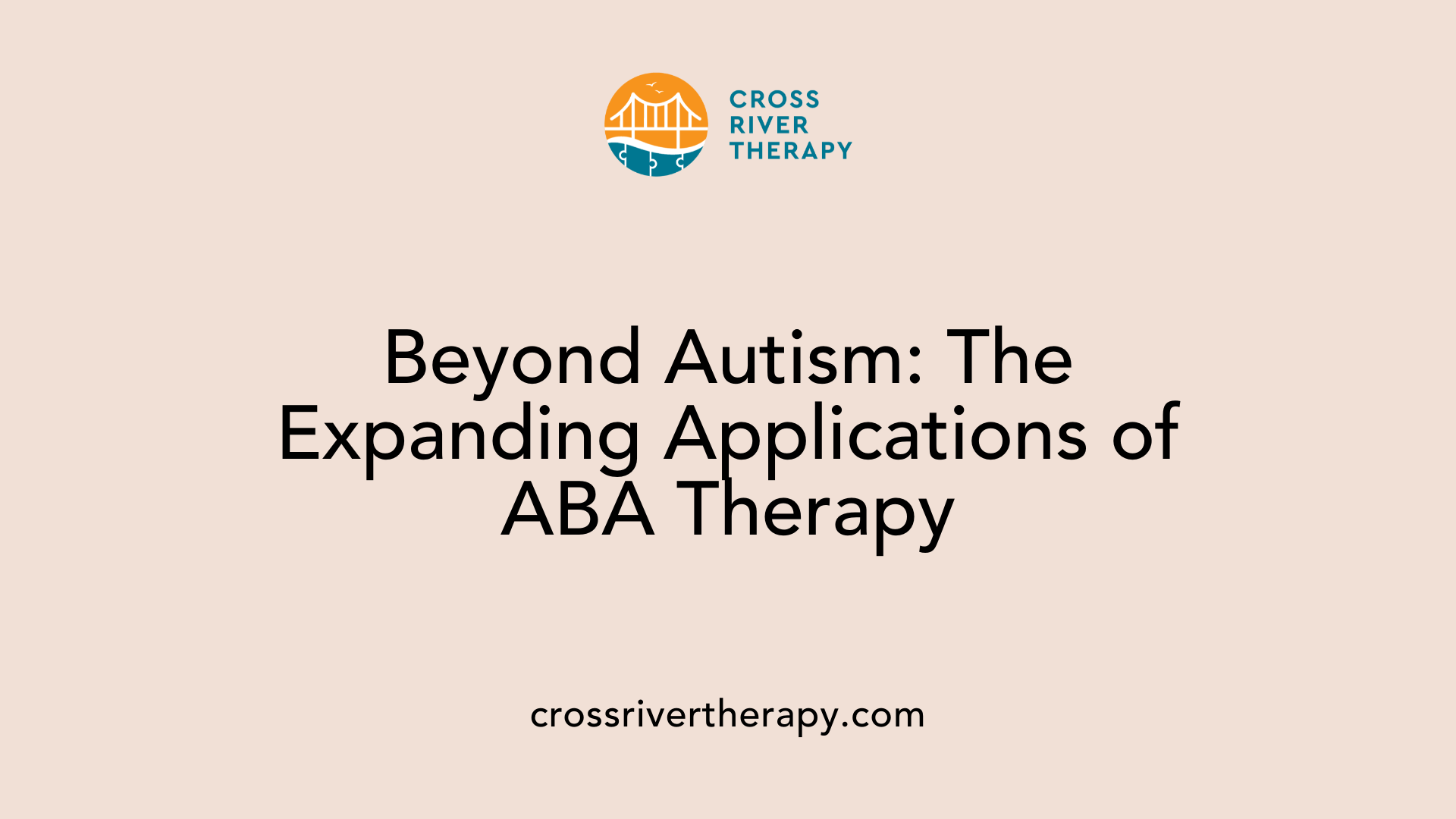
Is ABA therapy only for autism?
ABA therapy is often recognized for its effectiveness in supporting individuals with autism spectrum disorder (ASD). However, its reach is expanding significantly. The principles and techniques employed in ABA can be beneficial for a variety of behavioral and mental health concerns, not limited to autism alone.
Application in other conditions
ABA therapy's methodologies can be adapted to help individuals dealing with:
- Attention-Deficit/Hyperactivity Disorder (ADHD): Techniques can enhance focus and self-regulation.
- Obsessive-Compulsive Disorder (OCD): Behavioral interventions can reduce compulsive behaviors and anxiety.
- Anxiety Disorders: Strategies focusing on positive reinforcement can improve coping mechanisms.
- Substance Abuse: Reinforcement strategies may support recovery efforts by promoting positive behaviors.
This adaptability demonstrates the versatility of ABA therapy across various mental health spectrums.
Benefits for non-autistic individuals
Non-autistic individuals can also gain substantial benefits from ABA therapy through:
- Skill Development: Learning essential life skills that improve daily functioning.
- Behavioral Modifications: Effective strategies to address specific negative behaviors.
- Enhanced Social Skills: Teaching interaction techniques that foster better relationships.
Insurance implications
Insurance coverage for ABA therapy typically leans towards individuals diagnosed with autism. However, there is a growing movement where therapists are willing to work with clients without formal diagnoses. Insurance policies vary widely, and clients may need to discuss coverage options specifically tailored for behavioral health treatments beyond autism.
Understanding the potential for ABA therapy to assist not just those on the autism spectrum opens doors to a wider audience who can benefit from these proven techniques.
Measuring Success: The Effectiveness of ABA Therapy
What is the success rate of ABA therapy for autism?
The success rate of Applied Behavior Analysis (ABA) therapy for autism is influenced by various factors. Notably, the intensity and duration of the therapy play critical roles, as do the individual characteristics of the child undergoing treatment. A comprehensive review of 770 studies illustrates that ABA therapy can lead to substantial improvements in key areas such as socialization, communication, and expressive language skills in children with Autism Spectrum Disorder (ASD).
Dr. O. Ivar Lovaas, one of the pioneers in the field, reported remarkable results: 89% of children who received intensive ABA treatment exhibited significant improvements. These gains were particularly notable in their IQ levels and their ability to integrate into mainstream education settings. Research strongly suggests that commencing therapy at an earlier age correlates with better outcomes, emphasizing the importance of early intervention.
What factors influence the success of ABA therapy?
Several factors can influence the effectiveness of ABA therapy:
- Age of Onset: Early intervention typically results in better outcomes.
- Intensity of Treatment: More hours of therapy per week can lead to greater improvements.
- Individual Characteristics: Each child’s unique needs and responses to therapy.
- Practitioner Expertise: The qualifications and experience of the therapist administering the treatment.
These elements are crucial in tailoring ABA therapy to the specific needs of each child, highlighting the necessity of customized intervention plans.
What are the critiques and adaptations of ABA therapy?
Despite its successes, ABA therapy does face critiques, primarily concerning its methods and approach. Critics argue that some techniques may seem too rigid and may not prioritize the child's emotional well-being. However, the field is evolving. There is a significant shift towards more individualized and child-centered approaches, ensuring that therapy not only addresses behavioral issues but also promotes a positive learning atmosphere that respects the child’s preferences and feelings.
This adaptability reflects a broader understanding of autism and a commitment to enhancing both the effectiveness and the acceptance of ABA therapy in treatment plans. With research continuously supporting its value, ABA therapy remains a prominent choice for many families seeking to help their children on the spectrum.
Understanding the Criticisms and Potential Drawbacks of ABA
Historical Practices
Applied Behavior Analysis (ABA) has its roots in early behavioral therapies that often used aversive techniques, which included physical punishment and negative reinforcement. These methods were aimed at eliminating undesired behaviors without considering the emotional well-being of the child. Over time, many practitioners and advocates began to recognize the issues with such approaches and sought to reform the principles underlying ABA.
Critiques Against ABA
Criticism of ABA therapy focuses on its historical context and the potential impact it may have on an individual's identity and emotional health.
Some key points of critique include:
- Punitive Measures: Critics argue that earlier ABA practices included harmful punishments that could lead to trauma.
- Behavior Suppression: The emphasis on minimizing undesired behaviors might suppress important aspects of a child's personality and expression.
- Neurotypical Standards: There is a concern that ABA promotes conformity to neurotypical standards, which can lead to negative self-esteem and identity issues in autistic individuals.
Positive Developments
While the criticisms are significant, it’s also important to acknowledge how ABA has evolved.
- Focus on Positive Reinforcement: The modern approach to ABA emphasizes positive reinforcement, aiming to encourage desirable behaviors rather than simply eliminating unwanted ones.
- Individualization: Current ABA practices focus more on tailored strategies that respect the unique needs of each child.
Is ABA Therapy Harmful?
ABA therapy can be beneficial for children with autism by teaching essential skills and reducing problematic behaviors, but it has also faced significant criticism. Some advocates argue that it may be harmful because it historically included punitive measures and focuses on eliminating behaviors deemed undesirable, which can suppress a child's individuality.
While modern ABA practices emphasize positive reinforcement and individualized approaches, concerns remain about the emotional distress some methods may cause. Critics assert that the therapy's push for conformity to neurotypical standards can have adverse effects on autistic individuals. Ultimately, the impact of ABA therapy varies, and it is important to consider individual needs and perspectives when evaluating its use.
Choosing the Right ABA Therapy Center
Factors to Consider
When selecting an ABA therapy center, numerous factors play a significant role in ensuring the best outcomes for therapy participants. These include:
- Location: Proximity to home can affect consistency in therapy sessions.
- Facility Environment: A welcoming, comfortable environment enhances learning and comfort for clients.
- Insurance Compatibility: Check if the chosen center accepts your health insurance to manage costs effectively.
- Parent Involvement: Some centers emphasize family engagement, allowing parents to participate in sessions for better reinforcement.
Therapist Qualifications
The qualifications of therapists are crucial in providing effective ABA therapy. Key points to consider include:
- Certifications: Look for therapists who are Board Certified Behavior Analysts (BCBA) and have relevant credentials.
- Experience: Consider therapists with a proven track record in ABA therapy and specific experience with your child’s needs.
- Continuous Education: Choose centers that promote ongoing training for their staff, ensuring they are updated on the latest methodologies.
Program Types
ABA therapy centers may offer various programs tailored to individual needs. Understanding these options can help you make an informed decision:
- Individual Therapy: One-on-one sessions focused on the specific needs of the child.
- Group Therapy: Provides a social aspect where children can interact and learn from peers.
- In-Home Services: Therapy delivered in the home environment to generalize skills in familiar settings.
| Type of Program | Description | Benefits |
|---|---|---|
| Individual Therapy | Personalized attention | Tailored strategies for progress |
| Group Therapy | Social interaction | Enhances peer engagement |
| In-Home Services | Therapy at home | Comfort and family involvement |
By carefully assessing these factors, you can choose the right ABA therapy center that best fits your needs.
Evaluating Therapy Types: In-home vs. Center-based ABA
Comparison of Settings
In the realm of Applied Behavior Analysis (ABA) therapy, two primary settings exist: in-home therapy and center-based therapy. In-home therapy involves a trained ABA therapist visiting the child’s home to conduct sessions. This setting allows for a familiar and comfortable environment where children can freely engage in activities. Center-based therapy, on the other hand, typically occurs in a dedicated clinical setting where various therapists and resources are available, often incorporating structured environments with specific learning tools.
Benefits of Each
Both therapy types offer unique benefits:
In-home Therapy:
- Convenience: Therapy takes place in a familiar environment.
- Family Involvement: Parents can actively participate, enhancing generalization of skills to everyday life.
- Tailored Approach: Therapists can address specific home dynamics or challenges.
Center-based Therapy:
- Structured Environment: Access to a wide range of resources and trained professionals.
- Social Interaction: Opportunities for children to interact with peers in a controlled setting.
- Consistency: More structured schedules which can help create routine.
Making Informed Decisions
Choosing between in-home and center-based ABA therapy depends on a variety of factors including the child’s specific needs, parental involvement, available resources, and personal preferences. Some families may benefit from a combination of both settings to maximize the advantages of each. By evaluating these aspects, families can make informed decisions that best support the child’s developmental journey.
How to Begin: Enrolling in an ABA Therapy Program
Enrollment Process
Enrolling in an ABA (Applied Behavior Analysis) therapy program is a systematic approach, designed to personalize and optimize treatment for individuals needing support. The first step in this journey often involves finding a reputable provider. This can be achieved through networking with healthcare professionals, as well as conducting online searches for local clinics that specialize in ABA therapy.
Consultations and Assessments
After selecting a provider, the next crucial stage is scheduling an initial consultation. During this meeting, parents or guardians typically discuss concerns, family history, and specific challenges faced by the child. Following this, a comprehensive assessment is conducted by a qualified behavior analyst. This assessment may include:
- Interviews with caregivers
- Direct observations of behavior
- Standardized assessments to determine skill levels
These insights help in crafting an individualized treatment plan that addresses the unique needs of the child.
Actionable Steps
To ensure a smooth enrollment, consider the following actionable steps:
- Research Providers: Look for certified ABA therapy practitioners or clinics in your area.
- Schedule a Consultation: Reach out to set up an introductory meeting to discuss your child’s needs.
- Prepare Documentation: Gather relevant medical records, previous assessments, or any other documents that may aid in the evaluation.
- Undergo Assessment: Allow the behavior analyst to conduct thorough evaluations to pinpoint necessary interventions.
- Review the Treatment Plan: Once completed, review the proposed plan with the therapist, ensuring it aligns with your expectations.
By following these steps, families can effectively navigate the enrollment process for ABA therapy, laying a strong foundation for successful treatment.
Making Informed Decisions for Your Child's Future
Navigating the world of ABA therapy can be overwhelming for families seeking effective autism treatments. By understanding the fundamentals of ABA, evaluating therapy centers, considering financial aspects, and weighing the pros and cons, caregivers are equipped to make informed choices that cater to their child's unique needs. As research continues to refine and adapt ABA practices, parents can rest assured that there is a well-supported path to helping their child thrive. Our exploration aims to provide clarity and confidence, ensuring every step taken leads to meaningful developmental achievements and a brighter future for children with autism.
References
- Does ABA Therapy Work? Analyzing Its Role in Treating Autism
- How Much Does ABA Therapy for Autism Cost?
- ABA Therapy Insurance Coverage for Autism (By State)
- Navigating Insurance for ABA Therapy - Cross River Therapy
- ABA Therapy Costs and What Insurance Covers
- Is ABA Therapy Only For Autism? 6 Myths
- Is ABA Therapy Only for Autism? - Applied Behavior Analysis Degrees
- Debunking 7 Common Myths About ABA Therapy - GSEP Blog
- Do You Need an Autism Diagnosis to Qualify for ABA Therapy?
- The Controversy Around ABA - Child Mind Institute



